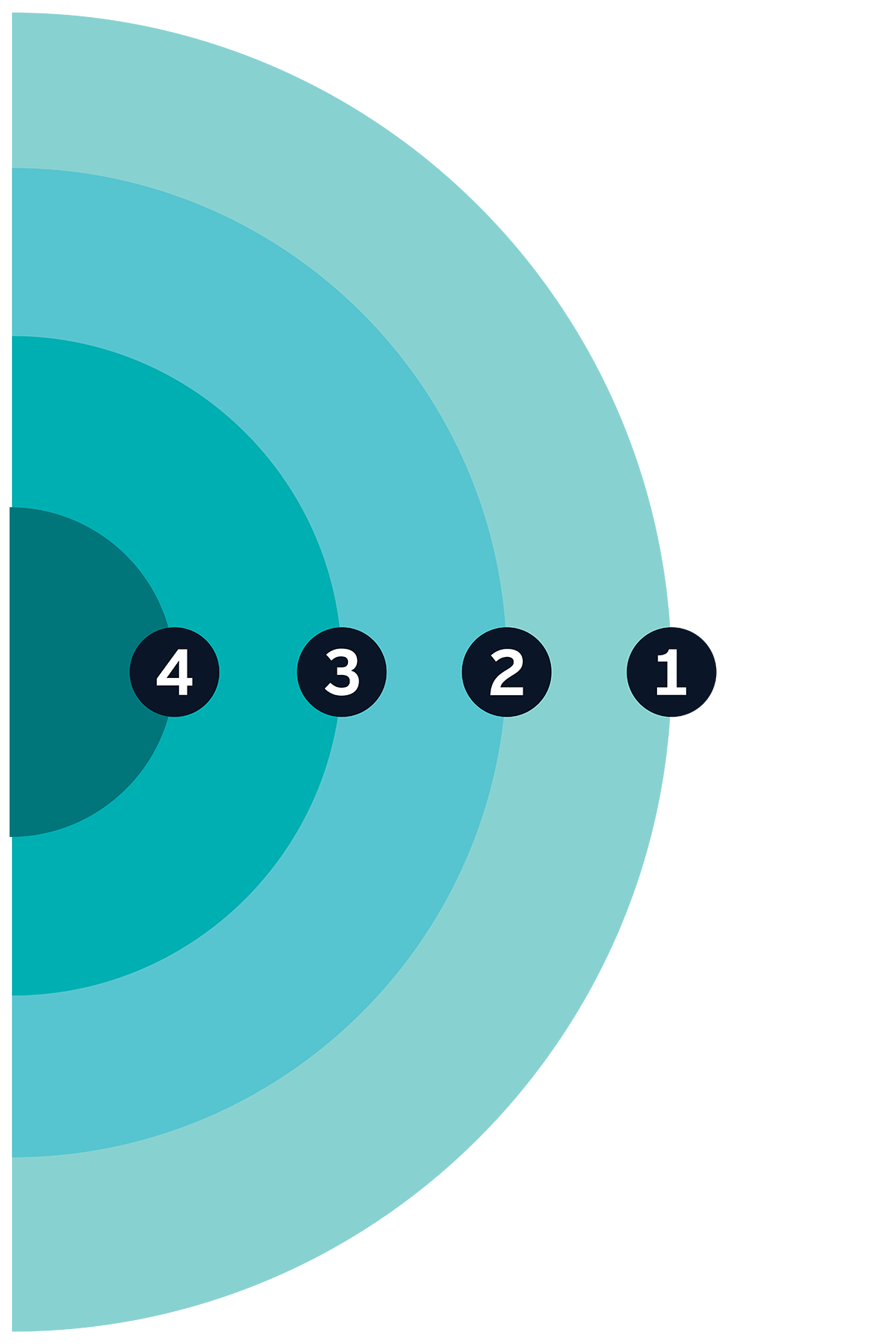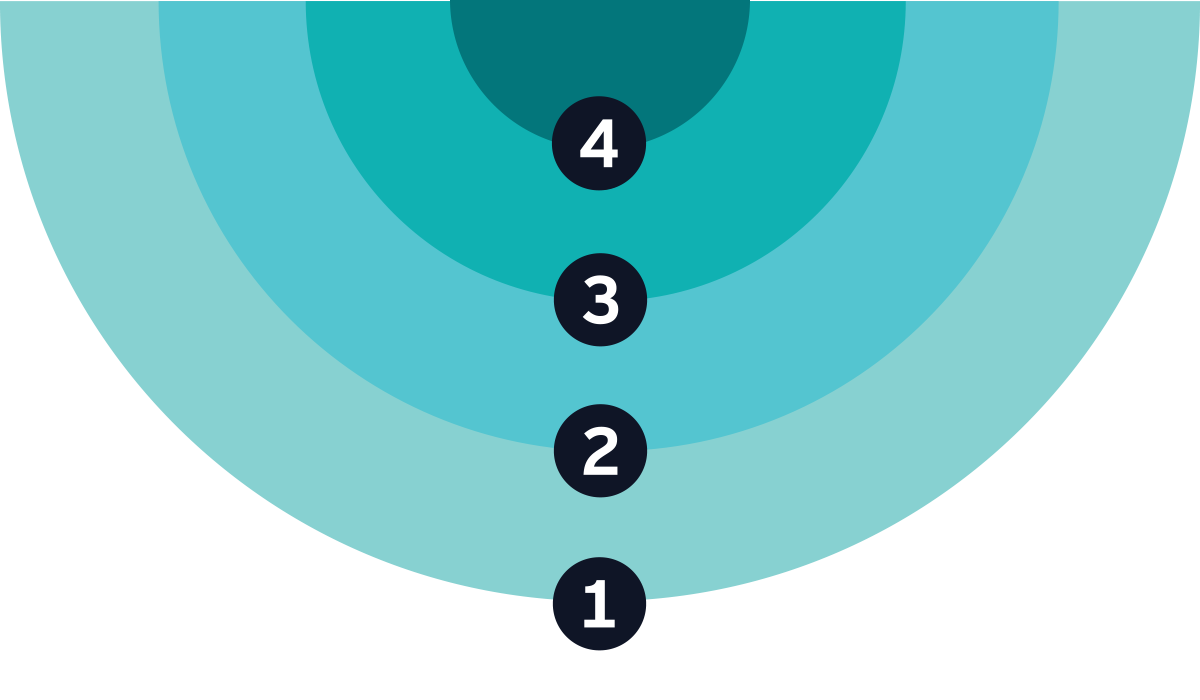Proud of our progress
In January 2021, EY announced a science-based decarbonization target of reaching net zero in 2025 with a 40% reduction in our absolute Scopes 1, 2 and 3 greenhouse gas (GHG) emissions against an FY19 baseline, based on the relevant standards and definitions at that time.
In line with the validation of these targets by the Science Based Target initiative (SBTi), we committed to review them against the latest criteria within five years.
We’re proud of the progress we have achieved. For example:
- Since FY19, EY has grown 41% and 36% by headcount while our total market-based GHG emissions have declined by 40% to 832k tCO2e.
- Market-based emissions intensity per dollar of revenue have decreased by 57% and emissions per full-time equivalent (FTE) by 56%.
- EY remains on track to achieve a 35% reduction in travel-related GHG emissions by 2025, with sustained reductions in air travel and “one-day” journeys.
- Renewable electricity consumed globally increased to 88% against our goal of reaching 100% renewable electricity by 2025.
- 61% of EY suppliers, based on FY24 spending, have science-based targets (SBTs) in place.
- EY was designated the “#1 Leader” in the 2024 Verdantix Green Quadrant: ESG & Consulting Report and “Leader” in IDC MarketScape reports.
Evolving our carbon ambition
The actions we have taken since FY21 have delivered progress, integration and innovation. From decarbonization and energy efficiency, to expanded reporting and enabling technology, to investing in our skills and services, the legacy of the first phase of our carbon ambition lies in how it has embedded sustainability in the wider growth and evolution of our business for the long term.
Building on our progress, we are currently undertaking a planned five-year review of the scope and pathway for our strategy to align with updated standards. During FY25, we will publish an updated EY Environment Strategy encompassing a science aligned decarbonisation plan, including near and long-term targets and plans to assess our impact on nature and biodiversity.
The next five years are crucial to secure the progress needed by 2030 for climate and nature, that will underpin a longer-term stable, affordable, and equitable transition. We are committed to playing our part in translating ambition to action, in our business, with our people, and in wider society.
Climate risks and opportunities
Our assessment of climate risks and opportunities encompasses a preferable-future scenario in which the world achieves the Paris Agreement’s goal of limiting global warming to 2°C or less compared with preindustrial levels, and a business-as-usual scenario that assumes 3.5° to 4.5°C of warming.
As a global professional services organization, EY faces greater transition risks related to our climate reputation in the market under the net-zero scenario than under business as usual (BAU). Similarly, the net-zero scenario presents greater opportunities to provide sustainability services. See the EY Environment Report for a full discussion of EY climate risks and opportunities.











